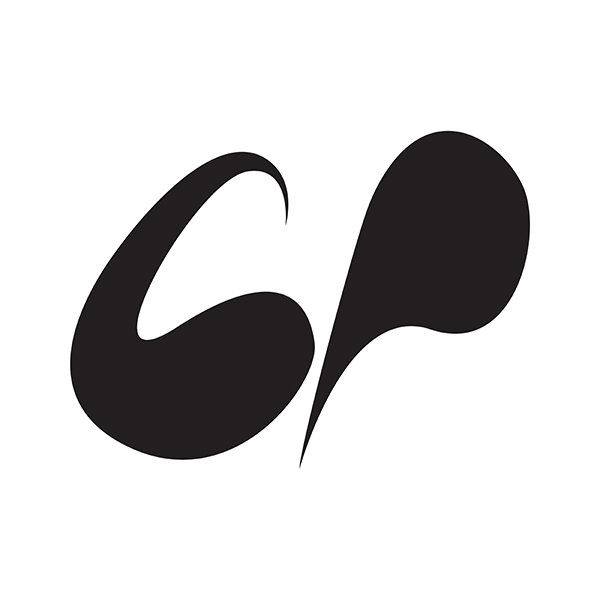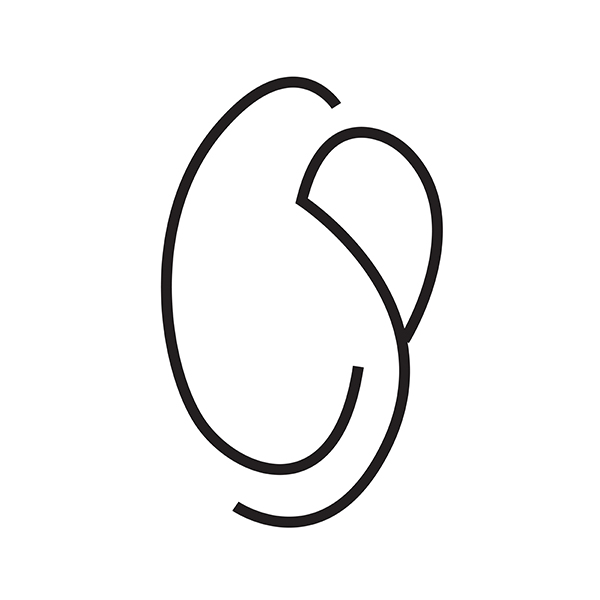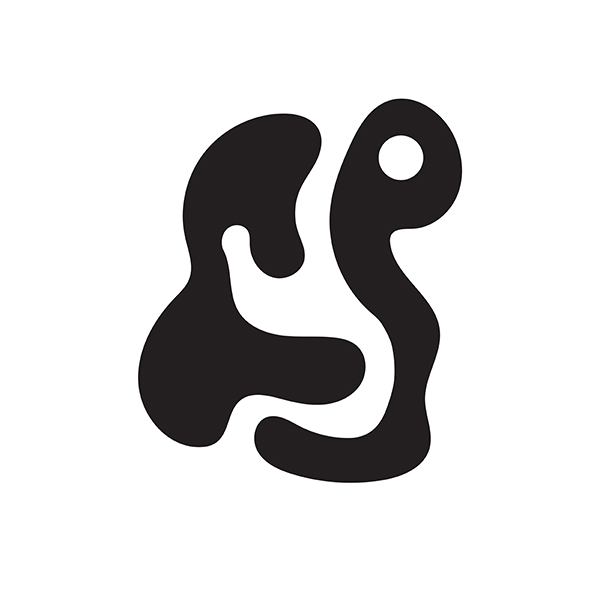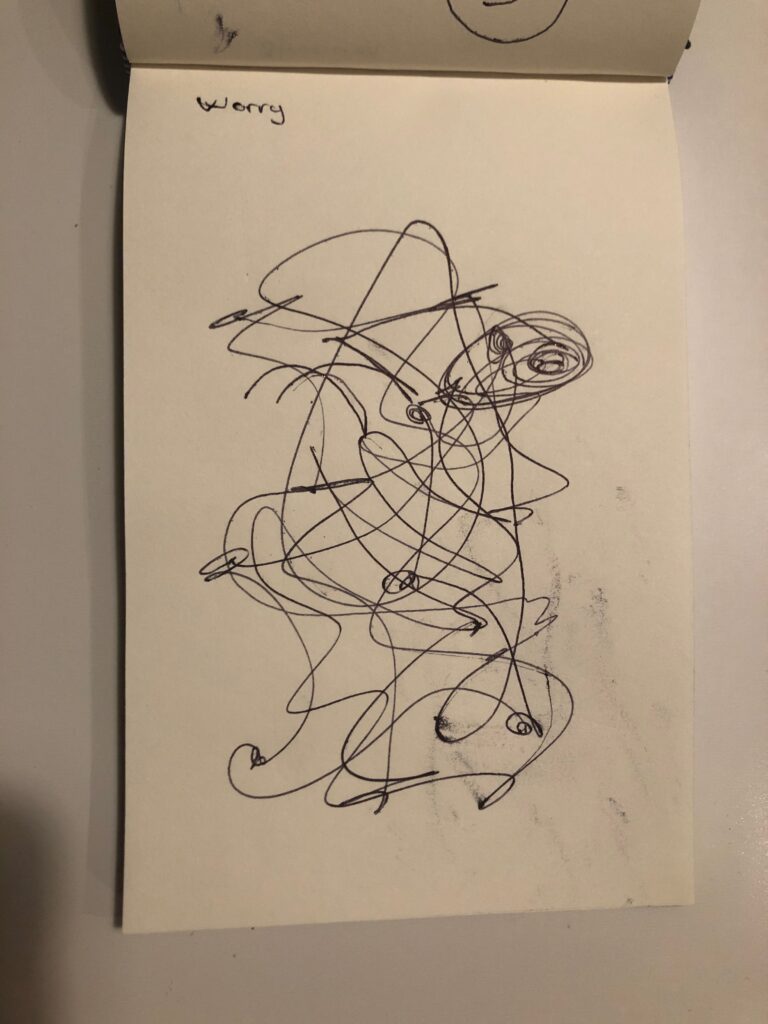Lecture notes
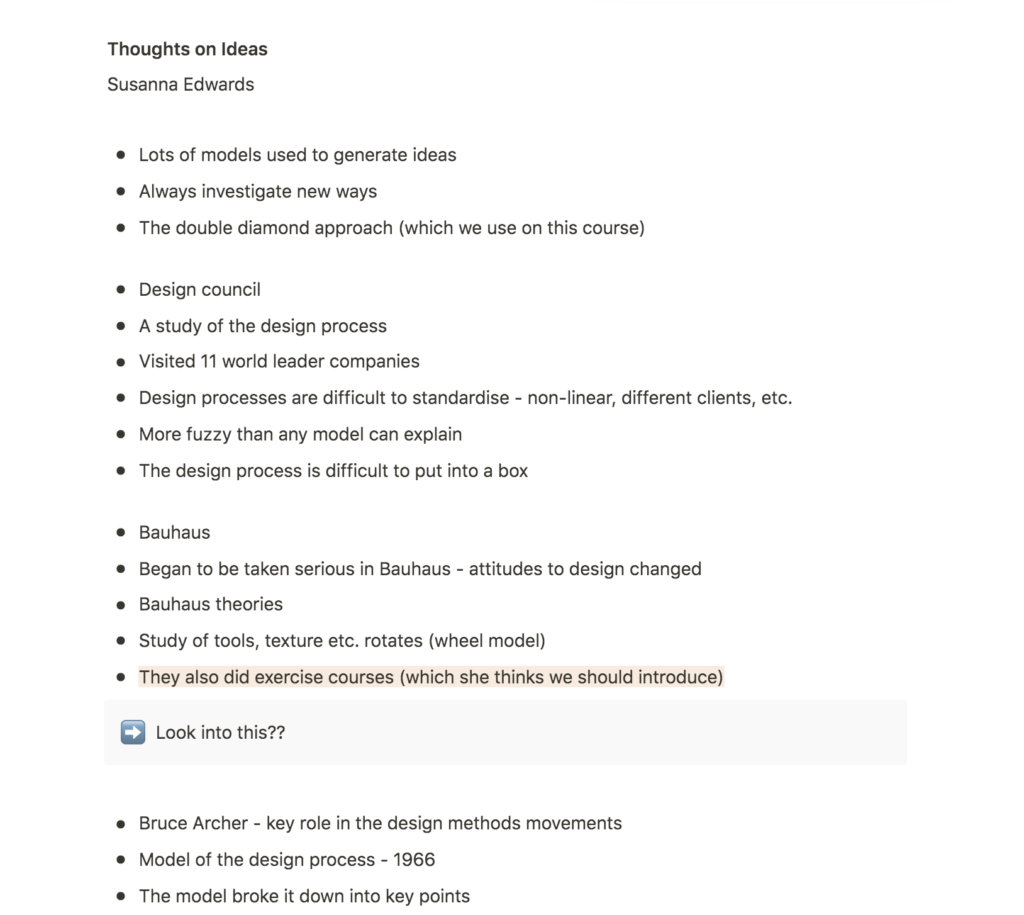




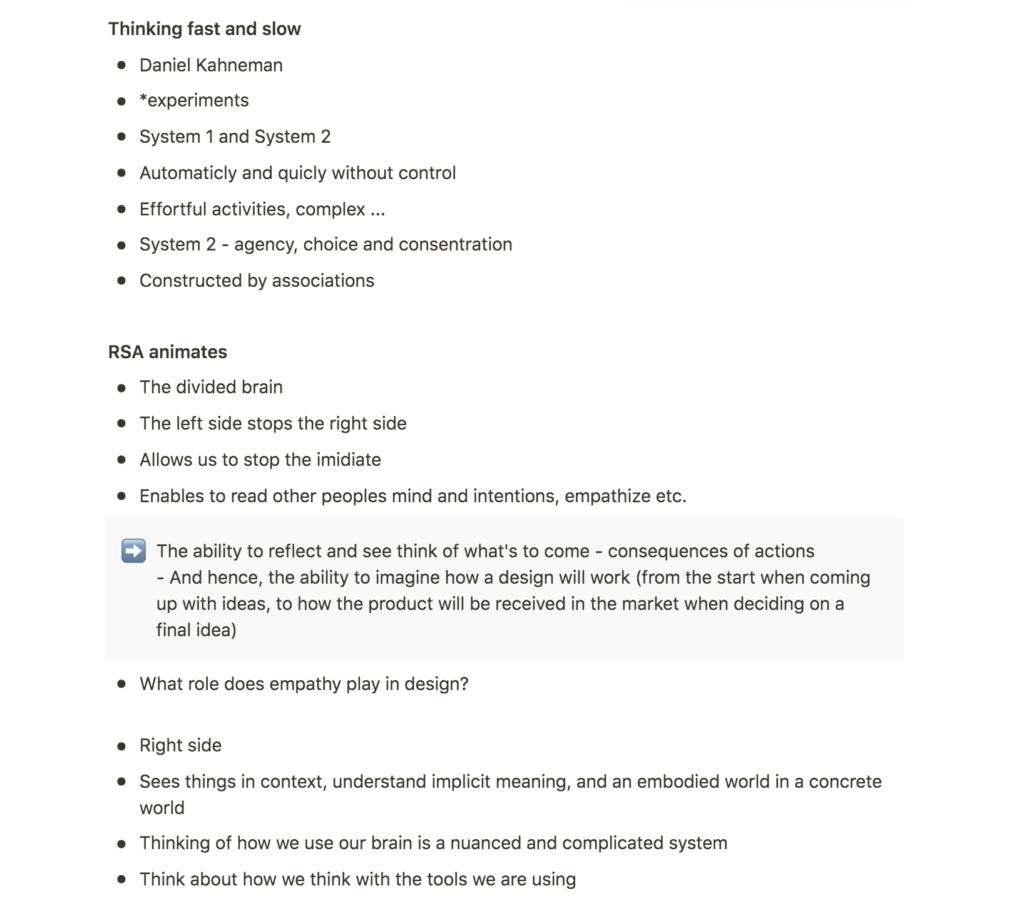


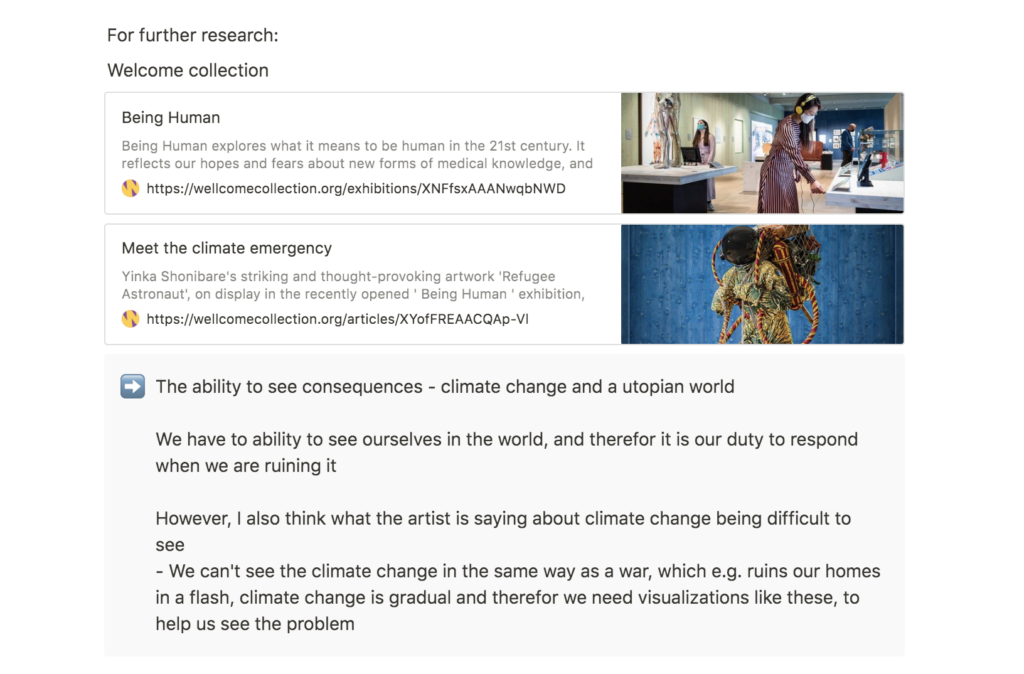


Lecture reflection
The double diamond
This model describes a process that I have used previously in my creative work, but without being aware that I was using this specific method. I imagine that having this model at hand can be valuable when planning a project, as well as in group work in order to stick to constructive discussions.
Fair ideation amongst group members
I expect positive results from Edward De Bono’s Six thinking hats if used correctly within a group. It seems to facilitate for fair ideation and criticism amongst group members, hopefully resulting in everyone’s opinions being heard. However, I can imagine that this method acquires the host to be well familiarised with the method. The wearer of the blue hat should be able to identify the occurrence of group members not wearing the right hat at the certain time, in order to stick to the method in it’s fullness.
Using awareness of our decision making systems in order to find an objective solution
I briefly touched upon Kahneman’s theories last week, but this week I’ve realised that being aware of the two systems can be beneficial during the double diamond process. In the discover stage, using system 1 might be beneficial. However, in the define stage and the develop stage, I think one should be aware of which system is being used. If using system 1 (for example by picking the solution that “feels” right), one might not find the best solution to the problem. By being conscious of one’s decision making systems, the designer might be able to force the usage of system 2, and thus find the objectively best solution to the problem, rather than what the designer think is best on the grounds of personal opinion.
How can we nurture our intuition?
Susanna’s questions towards the end of the lecture were particularly interesting to me. How can we as designers nurture the intuitive mind in order to come up with new ideas and forms of collaborations (Edwards, 2020), was one of the questions that sparked my interest. I do not claim to know the answers to this, but I imagine there must be methods that can help us nurture our intuition and become more creative in our approach. This is something I would like to explore further.
Where can we find new information in today’s society?
In order to come up with new ideas, we might have to be considerate of our resources. With the amount of information available today, designers might feel the need to use platforms where information is already gathered and curated. Pinterest and Instagram are examples of these platforms, where the content is personalised to the user’s taste and previous engagement with the content of the platforms. Perhaps we can look to people and nature in order to find new perspectives? How do we work and of what elements are we built?
I imagine there must be ways in which to exercise the mind, in order to nurture our intuition. How can we practice methods in our daily lives, in order to find new perspectives and approaches? This is something I would like to explore further as we proceed with the week.
Resources notes



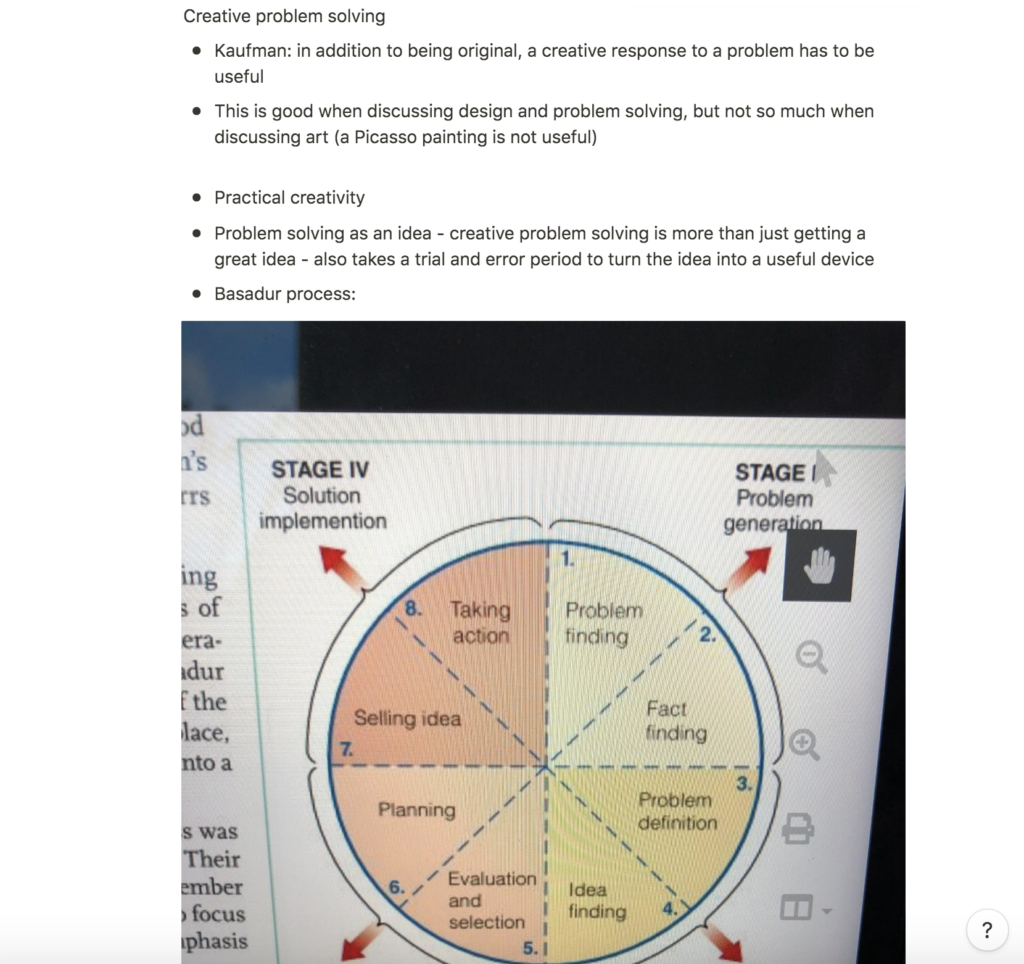



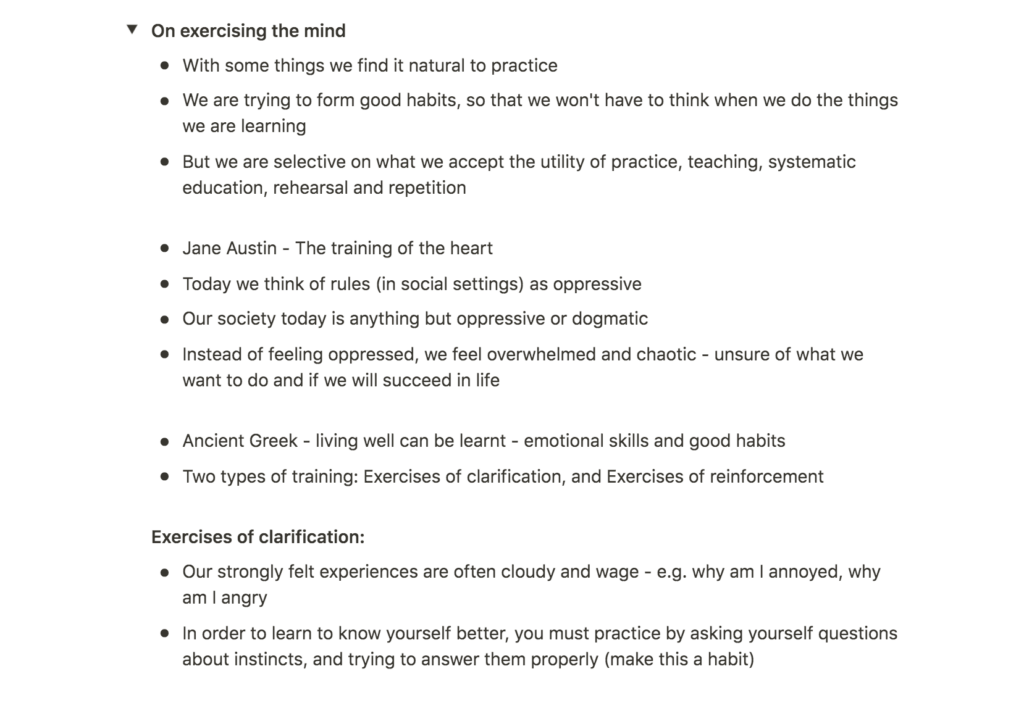


Resource reflection
Cognitive psychology: connecting mind, research, and everyday experience
Understanding a problem in order to solve it
From this week resources list I found the chapter on problem solving from Goldstein’s book Cognitive psychology: connecting mind, research, and everyday experience interesting. Goldstein claims that when an expert is given a problem, he or she tends to spend time analysing the problem, rather than trying to solve it right away (Goldstein, 2015). This is interesting in terms of design, as it emphasises the importance of research during a design process. By understanding the problem, the context of the problem, and relevant resources on the subject, I assume the designer will come up with a better problem than if solely trying to come up with an idea straight away, like Goldstein explains (Goldstein, 2015).
Can you obtain too much knowledge?
Being an expert can also be a disadvantage (Goldstein, 2015). Having too much knowledge might make you less open to new perspectives and ideas, thus decreasing the likelihood of coming up with an innovative solution (Goldstein, 2015). As a designer, I believe this is important to keep in mind, as innovation sits at the very core of our practice.
Do we have to unlearn what we know?
So how can we ensure that we have enough knowledge on design, but also that we do not become closed minded, leading to lack of innovation? Goldstein mentions methods such as individual brainstorming and creative cognition, but also explains that in order to be creative, one has to open the mind and avoid fixation (Goldstein, 2015).
Latent inhibition and creativity
Goldstein goes on to discuss a research study which states the correlation between creativity and latent inhibition – people’s ability to tune out the stimuli from their surroundings (Goldstein, 2015). People who lack this ability are more creative, because they are open to experiences (Goldstein, 2015).
Taking the time to notice our surroundings in our daily lives
These findings are very interesting to me personally, as I tend to take in many impressions from my surroundings, and so this might be the reason for why I’ve ended up in a creative field. Yet, I’m intrigued to find out more about how I can use this consciously, in order to become more innovative and creative as designers. Is it possible to consciously “take in” our surroundings – the happenings, people, smells, sounds, colours and disrupts of our daily lives?
On Exercising the Mind
In light of this week’s lecture and Goldstein’s ideas, this article becomes very interesting. If one can exercise the mind in terms of reactions and thoughts, would one not also be able to exercise the mind to become more intuitive and creative?
In order to focus our attention on one thing, one has to withdraw attention from something else (Goldstein, 2015). If we are able to exercise our mind in a way that decreases our thoughts of worry and stress, we might therefor be able to pay more attention to our work and relationships. Training our minds to be open to constructive criticism, and to offer kind feedback to others, might lead to better group dynamics. Further, we might also become better at detecting situations where we are using system 1 during important decision making, where we should in fact be using system 2. It seems to me that being aware of our thoughts and being able to exercise the mind, is an important part of being a designer.
Further research
Refugee Astronaut
Can we use creativity to solve the greatest challenge of our time?
When discussing innovation and our ability to set new ideas to life, I cannot help but think about climate change and how the creativity of designers have the potential to fight the “greatest challenge of our lifetime”. Looking at design in light of this challenge, creativity does not just become an important tool of which we depend on in order to create interesting designs, but also a skill which we must use consciously in order to create sustainable solutions that will benefit the planet.
Visualising a dystopian future
Yinka Shonibare’s Refugee Astronaut from the Being Human exhibition at the Wellcome Collection, visualises a dystopian future, of which we might encounter if we fail to take action. This piece is an attempt to warn us of what could potentially become reality, and to visualise the very non-visual changes in our climate, which is currently going on (Smith, 2019).
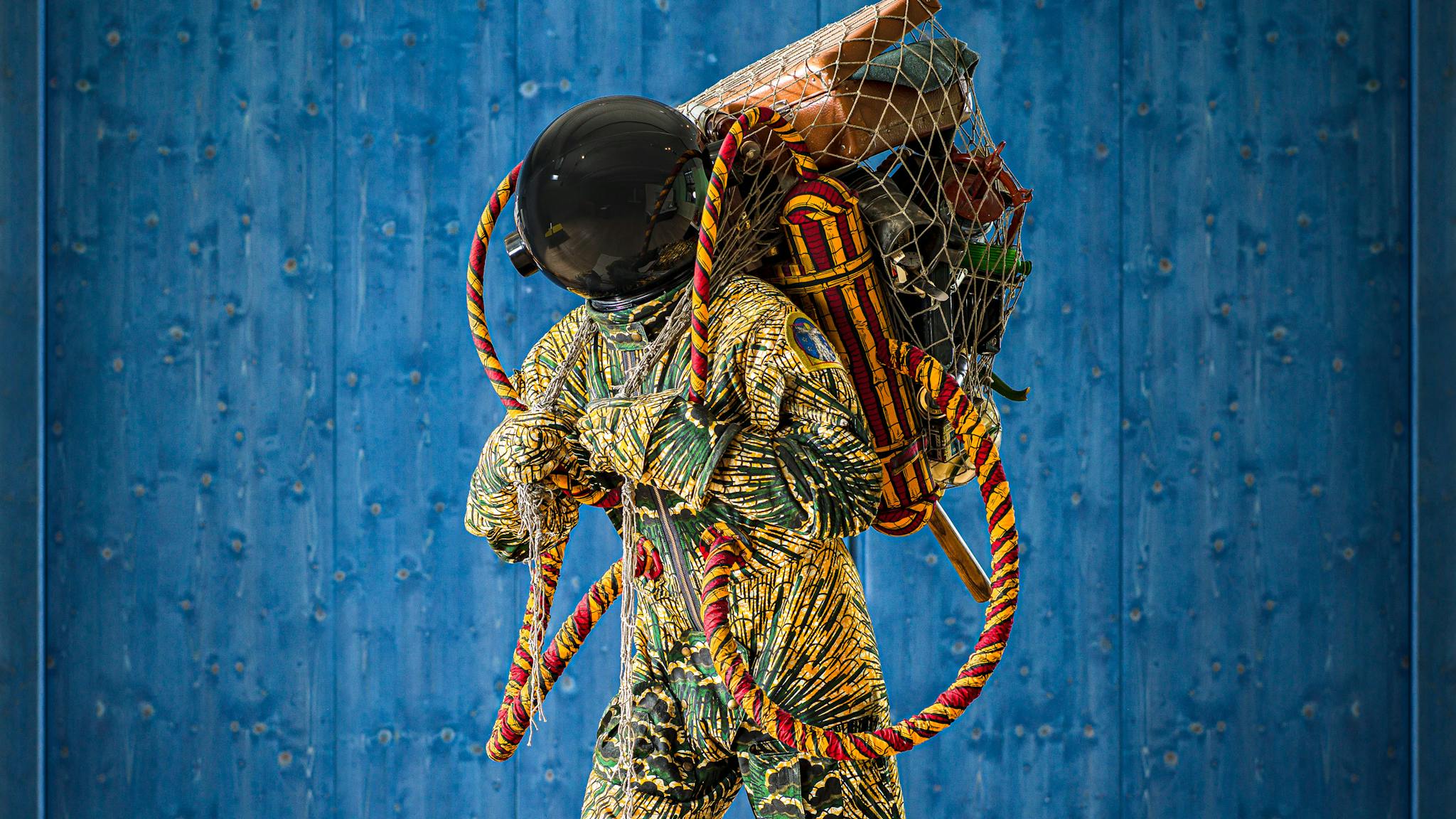
Using design to depict the urgency of the invisible ongoings
If we as humans have the ability to see ourselves in the world, like Susanna discusses in her lecture (Edwards, 2020), how come we can’t fully grasp the current ongoings of climate change? Shonibare mentions that the results of climate change is not visually immediate, like other challenges like war, where cities are ruined momentarily (Smith, 2019). The process is gradual, and so we might have to visualise climate change through pieces such as Shonibare’s, but also through contexts of people’s everyday lives.
How can we create awareness and illustrate the ongoings of climate change in our society, whilst also offering environmental solutions to the specific problems of the way we create and dispose of products?
Workshop challenge: A way of thinking
William McDonough: Cradle to cradle
William McDonough is a believer of green design and a circular economy (McDonough, 2005). He suggests a way of designing, where all aspects of a product’s life cycle is considered, both in terms of materials and it’s ability to be reused (McDonough, 2005).
Nutrient metabolisms
Through what McDonough refers to as nutrient metabolisms, we can create circular systems where everything becomes a resource for something else (McDonough, 2017). Thus, what is initially be seen as waste, becomes food for something else (McDonough, 2017). Further McDonough also emphasises the importance of renewable energy and celebration of diversity if one wants to design sustainably (McDonough, 2017).
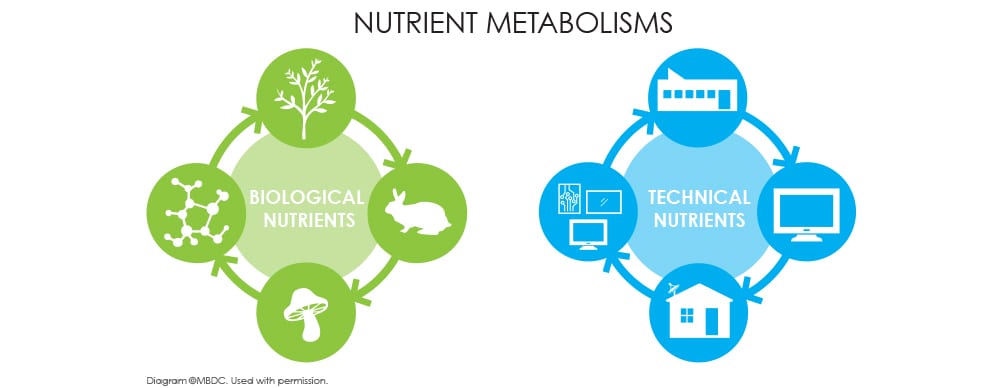
Sustainable abundance
What’s interesting about McDonough’s approach to green design, is that he does not suggest to create less, but rather to establish systems of abundance, through sustainable cycles (McDonough, 2017). The idea of being able to design in abundant, within a sustainable system is very interesting to me, as I love to create design products, but would also like to ensure that what I put into the world is not harmful to people or the planet. Further I am interested to find design models which cater to McDonough’s nutrient systems.
Workshop challenge: Models of thinking
The quick start guide to creativity
Notes:


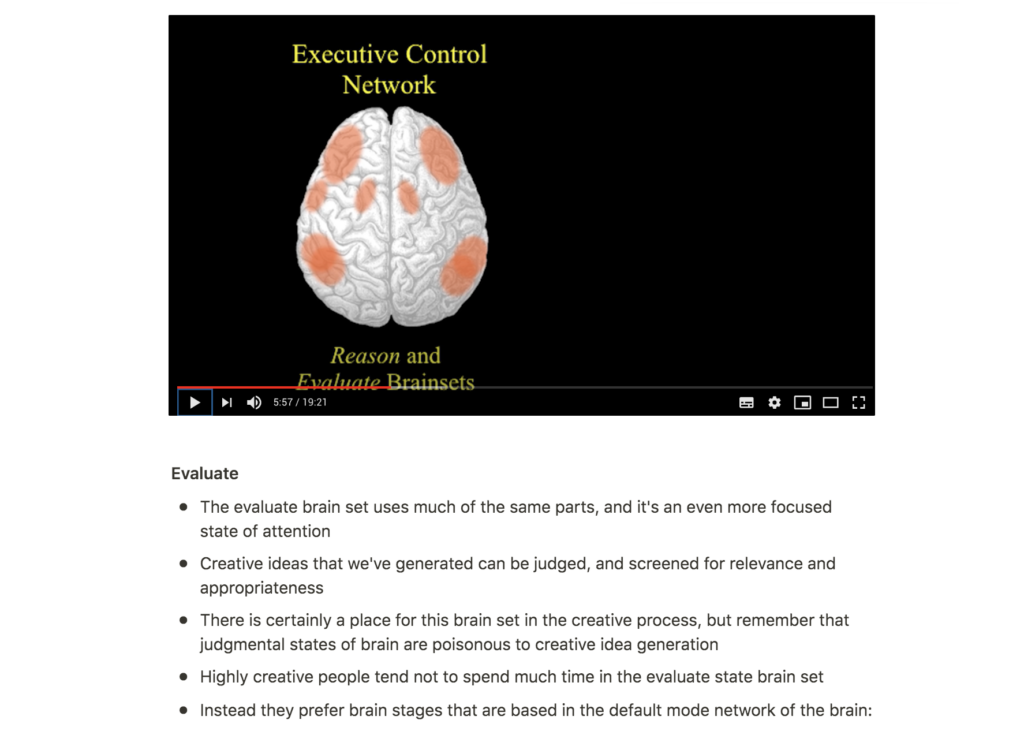
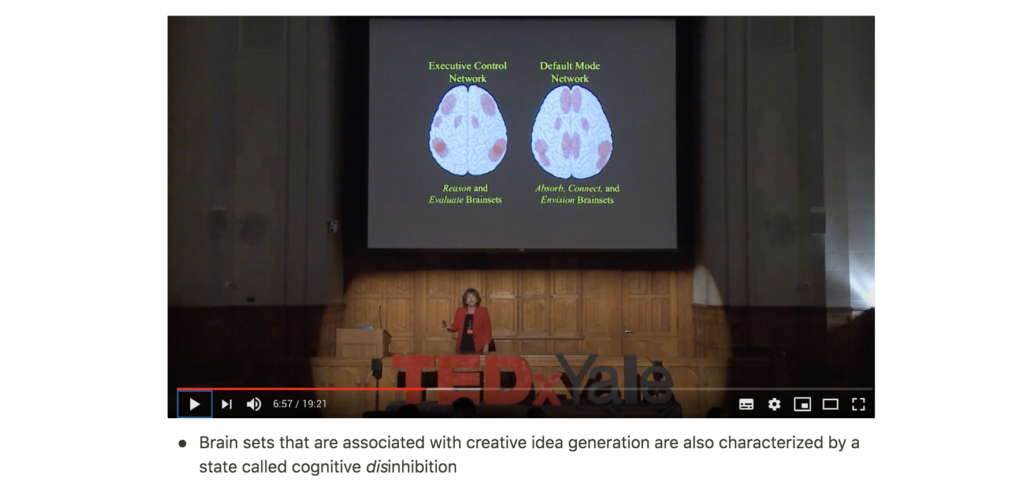




Reflections:
Moving further from Goldstein’s chapter on problem solving, I found a ted talk by Shelley Carson, who’s studies Goldstein’s discussions of late inhibition were built upon (Goldstein, 2015). Carson presents her CREATES brain sets model, a model from which we can learn to imitate the brain activations of highly creative people (Carson, 2017).
In my notes above, I have recapped Carson’s explanation of the model, but I would like to summarise the specific activities Carson suggests in order to activate the various states she presents (Carson, 2017).

In order to enter the absorb state (the state of cognitive disinhibition, which appears to be the same as what Goldstein refers to as latent inhibition), Carson suggests to practice open meditation, as well as walking in places of natural beauty (Carson, 2017). This will help us to open ourselves up in order to receive ideas that are developed below the level of conscious awareness, to which Carson refers to as “the gateway to the aha-moments” (Carson, 2017).
Further, Carson suggests that we need to elevate our mood, in order to enter the connect state (Carson, 2017). Through writing a list of things that makes us happy, and by following the items on the list, we become equipped to generate multiple solutions to problems (Carson, 2017).
The envision state is the ability to imagine the looks of something that does not exist (Carson, 2017). The suggested activity for learning this skill, is to take yourself to a place of serenity, and to feel the sounds, smells and visions around you (Carson, 2017). According to Carson, we will be able to add more and more detail to the scene when practicing this for several minutes each day (Carson, 2017).
Lastly, Carson suggest to transform our negative emotions into creative outputs, in order to enter the transform state, and also, to practice mindfulness so that we can easier access the state of stream (the feeling of “being in the zone”) (Carson, 2017).
Carson’s ideas are interesting as they provide possible answers to the questions stated previously in the blog post. How can we as designers come up with creative and innovative ideas? Perhaps Carson’s activity suggestions provides a solution through a routine we should all aim to incorporate into our daily lives.
Quick Guide to Sustainable Design Strategies
In her article Quick Guide to Sustainable Design Strategies, Leyla Acaroglu discusses methods of sustainable design as an approach of which designers can use in order to create products and services that consider the environmental, social and economic impacts from beginning to end of a product’s or service’s lifecycle (Acaroglu, 2020).
As designers, I think it’s important that we take the time to learn about sustainable methodologies. Sometimes, I think the ability to make an ethical choice stems from the available information one processes. Knowing what’s the right thing to do, makes it easier to do the right thing. I therefor believe we need to go beyond traditional design models, and understand the principles of sustainable design.
Further, I will try to summarise Acaroglu’s guide to sustainable design strategies.

Product Service Systems (PSS) Models
When creating designs for the circular economy, we have to detain from single-use designs to designs which lives in a closed-loop system (Acaroglu, 2020). Leasing products can be a way of incorporating this (Acaroglu, 2020). If a business benefits from the longevity of a product, they are more likely to create a product which lasts for a long time.
Product Stewardship
In a linear economy, a business’ ownership to a product or service, often ends at the handover to the consumer (Acaroglu, 2020). In a circular economy, a business takes ownership of the product throughout it’s life cycle, from the start of the design process, to the end of it’s life cycle, where it’s recycled or resold (for example through a take back program) (Acaroglu, 2020).
Dematerialization
Reducing the types of materials, as well as the amount of material will benefit the environment, as long as the reduction does not lead to a decrease in quality of product (Acaroglu, 2020).
Modularity
When a product can be used in several ways, through modularity, the ability of function is increased, and the number of products needed is decreased (Acaroglu, 2020). Resale will also become more likely if one piece can be incorporated within a system (Acaroglu, 2020).
Longevity
If a consumer is going to keep a product for a long time, it needs to be aesthetically timeless, highly durable and retain value over time (Acaroglu, 2020). These aspects also increases the likelihood of resale (Acaroglu, 2020). Longevity is provided through a considered choice of material, as well as multiple use case scenarios (Acaroglu, 2020).
Disassembly
To ensure correct recycling, repair and remanufacturing at the end of a products life cycle, the product needs to be easily disassembled (Acaroglu, 2020).
Recyclability
Recyclability does not only come down to wether or not the use of material is technically recyclable, the product also have to be designed in a way which encourages recycling (Acaroglu, 2020). When recycling, we often dispose of parts from a material in the technical process, so it is important that the designer tries to imagine ways of utilising the product in ways where the need to recycle is kept to a minimum (Acaroglu, 2020).
Repairability
In order to extend the life cycle of a product, there must be ways in which the product can be repaired or upgraded when worn out or damaged (Acaroglu, 2020). The consumer should not be encouraged to exchange or buy a new product because the costs of repairs are too high (Acaroglu, 2020).
Reusability
As designers, we have the ability to create products which can be used in new ways in order to extend their life cycles (Acaroglu, 2020). A glass jar can become a drinking glass and a curtain can become a table cloth (Acaroglu, 2020).
Re-manufacture
This is when parts of a product is designed to be reused in the manufacturing process (Acaroglu, 2020).
Efficiency
Active products (products which uses other systems whilst being used, like water or electricity) should aim to be efficient, in order to increase environmental performance (Acaroglu, 2020). Doing so, will also extend the lifetime of the product (Acaroglu, 2020). Further, this approach can be used to decrease the use of materials, processes and human labor (Acaroglu, 2020).
Influence
People are yet to embrace the concept of sustainability to the fullest, due to the complexity of the subject (Acaroglu, 2020). If designers can create a positive and simplified experience, we can contribute to transform the mainstream perspective of sustainability, and bring ethical products into people’s everyday lives (Acaroglu, 2020).
Equity
In branding we often focus on stereotypes, trends and target audiences. If we want to encourage an increase of products, we need to consider how we can create products that works for everyone (Acaroglu, 2020).
Systems Change
If we are going to shift the focus from linear to circular, we must abandon the idea that our products as individual units. They must function as part of an interactive system with impact, like McDonough suggests in Cradle to cradle (Acaroglu, 2020).
From product to service
Lastly, and not part of Acaroglu’s official list, I think the idea of facilitating for services over products is an interesting point in which we can cater for sustainability (Acaroglu, 2020). If we can offer products through services like leasing, rentals, fill solutions etc., we might be able to reduce the need for products, and inspire to only use as much as you need, rather than buying in abundance.
Making a conscious decision in choice of thinking patters
It’s out duty to create products that benefit the people and the planet, and so we must incorporate sustainable design principles when using our design processes and models. I therefor want to add to the question forwarded in Susanna’s lecture: how can we ensure that we don’t only nurture our intuition and creativity in order to create new ideas, but also solutions that will benefit the future of the planet, as well as ourselves and generations to come?
Workshop challenge: Choosing a process
Having done the research above, I still didn’t feel like I had found a process from which to create this week’s drawing. In the previous weeks I have tried to find a piece of research, from which I have been able to create my own experiments. Up until this point, this week’s research has been mainly focused around complex design models, demonstrated through writing. After talking to Harriet in my blog tutorial, I realised that my focus might have been too broad, and so I decided to look for more specific processes.
In his book Slagkraft: Håndbok i idéutvikling (Impact: Handbook of idea development), Erik Lerdal discusses a range of design methods and processes. Although I would have liked to cover them all, I have chosen to focus on the two I initially found most interesting in terms of visual ideation: ideation through drawing and blind drawing.
Ideation through drawing
The idea of sketching as an ideation method might not be so revolutionary, but I still do see it as an important part of my practice. Through sketching, one is able to visualise in a way that is more detailed than what one is able to imagine in the mind (Lerdal, 2013). What I find particularly interesting about sketching however, is that the process can lead to new ideas and concepts, often by doing mistakes or through coincidences (Lerdal, 2013). Erik Lerdal suggests to sketch small and in large quantities (Lerdal, 2013). By drawing quick and rough, others might be able to see new things in one’s sketches, and so this process opens for a range of possibilities in terms of ideation (Lerdal, 2013).
Ideation through drawing: experiments
For this experiment I followed the principles of ideation through drawing. I focused on sketching small and to create as many variations of CP (Contemporary Practice) as possible. This process is similar to how I normally work, as I tend to sketch out ideas, which usually leads to further ideation. However, I haven’t used sketching in this particular way, with my focus on creating as many variations of the same object as possible. I will make sure to incorporate this into my workflow, as I realised that the best ideas were the ones I came up with towards the end.

After sketching, I decided to test my favourites in illustrator, which led to three final logo experiments.
Blind drawing
For this technique, the designer enters an associative state of flow, through drawing continuously and without critique (Lerdal, 2013). The idea that ideation does not only happen in the mind, but also through the body’s meeting with the medium, is the main principle behind the process (Lerdal, 2013). If one manages to open up in the sketching process, the stream of ideas will start to flow in a manner of openness without critique (Lerdal, 2013).
I find the blind drawing process interesting, as it seems to draw on similar concepts as the automation technique I used last week. There is something beautiful to me about creating a visual piece which is not based on the reality of one’s consciousness, but rather the randomised aspects of the subconscious and the body.
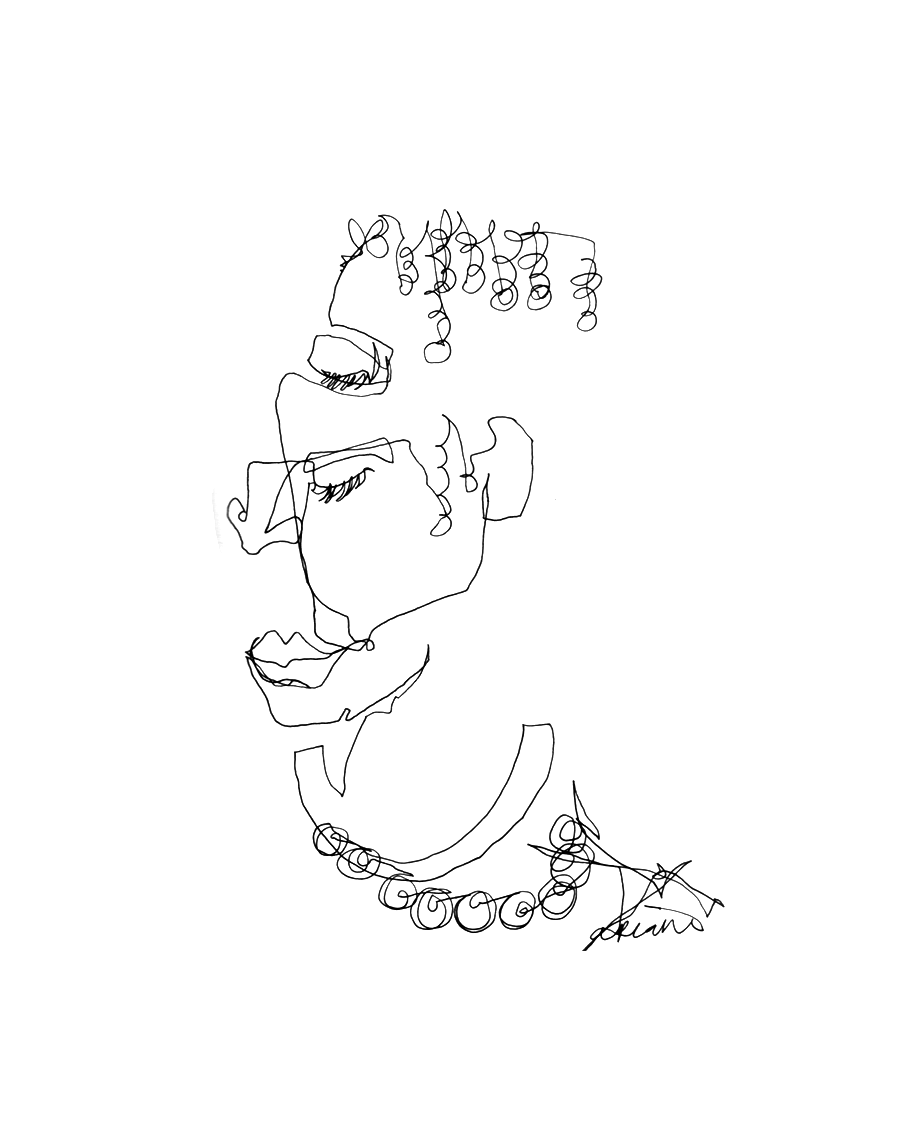
Blind drawing: experiments
I had a go at different blind drawing techniques, which led to the experiments below, where I’ve used blind drawing with focus on qualities (the drawing of one’s intuitive conception of a term or metaphor with one’s eyes closed) (Lerdal, 2013). Drawing with an intention of portraying an adjective, without seeing the paper was very interesting. I felt as if I could replicate the adjectives through the movement of my hand, thus conveying the feeling of the word, rather than the specific thoughts about the word, that I could image in my mind.
I think this process could be useful for the beginnings of projects. By blind drawing the adjectives one wishes to portray in a design, the results might inspire certain shapes and dimensions, which one can bring into further development in typography or symbols within a visual identity system.
Workshop challenge: Summarising drawing
After my blind drawing experiments I decided to use Blind drawing for my summarising drawing. The ideas behind the process is very intriguing to me, and it has inspired me to incorporate this way of generating ideas in my future projects.
For my drawing, I wanted to visualise the idea that ideation does not only happen in the mind, but also through the body’s meeting with the medium. I had an idea about visualising the lost connection between the eye and the mind. However, I also wanted to visualise what the process might look like, and so I tried to create a drawing inspired by the look of my previous experiments, which also includes a shut eye and a light bulb, to symbolise the open flow of ideas that happen when the eyes are closed.
After posting a few of above images on the ideas wall, people seemed to agree that the blind drawing inspired piece worked best, myself included.
I would have liked to spend more time on my drawing as it still needs work. If I had more time, I would have done more blind experiments with the final drawing in mind, perhaps by trying to draw faces, eyes, or various visualisations of flow and ideation. I would also have liked to explore textures, as the current drawing feels a bit dull to me. However, I think the motif represents the process of blind drawing, and I also quite like the variety of interpretations one can find within the lines of the drawing.

In conclusion
Since I don’t come from a background in design, I have never explored design models or processes like I’ve done this week. Yet, I was intrigued to find that the principles of some of the models, like the double diamond, are already a part of my design process.
The question of how one can nurture intuition and creativity, in order to come up with innovative ideas, has been important to me this week. I was especially intrigued to learn about Carson’s insights on how one can use what I think of as methods of awareness and feeling good, in order to become more creative. It seems to me that the answer to so much in life often comes back to simple things one can do in one’s every day, like walking in nature or practicing mindfulness. This is something I could be better at, and so I will try to include parts of Carson’s suggestions into my life.
When we come as far as mastering the process of idea generation, I believe it’s important to consider how we want to use our valuable creativity. Learning about sustainable design, and finding ways to incorporate sustainable strategies has inspired me to focus on using this knowledge in my future designs.
In order to understand the variety of design method I’ve investigated this week, a lot of my time had to be spent reading and searching for resources. Thus, I do not feel like I managed my time well, as I would have liked to experiment more visually, especially in the work of my summarising drawing. However, I think learning about sustainable design principles and blind drawing has provided me with pieces of important information, from which I hope to create innovative designs in the future.
RESOURCES:
Acaroglu, L. (2020) ‘Quick Guide to Sustainable Design Strategies’, Disruptive Design, 27 May. Available at: https://medium.com/disruptive-design/quick-guide-to-sustainable-design-strategies-641765a86fb8 (Accessed: 18 October 2020).
Carson, S. (2017) The quick start guide to creativity. (TEDxYale). Available at: https://www.youtube.com/watch?v=lHf_jUmtR70&ab_channel=TEDxTalks.
Dam, R. F. and Siang, T. Y. (2020) 5 Stages in the Design Thinking Process, Interaction Design Foundation. Available at: https://www.interaction-design.org/literature/article/5-stages-in-the-design-thinking-process.
De Botton, A. (2014) On Exercising the Mind, The School of Life. Available at: https://www.theschooloflife.com/thebookoflife/exercise-for-the-mind/ (Accessed: 18 October 2020).
Edwards, S. (2020) ‘Thoughts on Ideas’. Canvas Falmouth Flexible [online], 16 October.
Goldstein, E. B. (2015) Cognitive psychology: connecting mind, research, and everyday experience. 4th edition ; student edition. Stamford, CT: Cengage Learning.
IDEO (2008) IDEO Design Thinking, IDEO Design Thinking. Available at: https://designthinking.ideo.com/ (Accessed: 19 October 2020).
Lerdal, E. (2013) Slagkraft: Håndbok i idéutvikling. 1st edition. Oslo: Gyldendal Akademisk.
McDonough, W. (2005) Cradle to cradle design. (TED2005). Available at: https://www.ted.com/talks/william_mcdonough_cradle_to_cradle_design (Accessed: 19 October 2020).
McDonough, W. (2017) Cradle to Cradle, McDonough. Available at: https://mcdonough.com/cradle-to-cradle/ (Accessed: 19 October 2020).
Smith, G. (2019) Meet the climate emergency, Wellcome Collection. Available at: https://wellcomecollection.org/articles/XYofFREAACQAp-Vl (Accessed: 19 October 2020).
LIST OF FIGURES:
Figure 1. Yinka SHONIBARE. 2015. Refugee Astronaut. Wellcome collection [online]. Available at: https://wellcomecollection.org/articles/XYofFREAACQAp-Vl
Figure 2. William MCDONOUGH and Michael BRAUNGART. 2002. Nutrient Metabolisms. McDonough [online]. Available at: https://mcdonough.com/cradle-to-cradle/
Figure 3: Shelley CARSON. 2017. The quick start guide to creativity. . Available at: https://www.youtube.com/watch?v=lHf_jUmtR70&ab_channel=TEDxTalks [accessed 22 October 2020].
Figure 4: Shelley CARSON. 2017. The quick start guide to creativity 2. . Available at: https://www.youtube.com/watch?v=lHf_jUmtR70&ab_channel=TEDxTalks [accessed 22 October 2020].
Figure 5. DISRUPT DESIGN. ca. 2020. Sustainable design strategies. Medium [online]. Available at: https://medium.com/disruptive-design/quick-guide-to-sustainable-design-strategies-641765a86fb8
Figure 6: Ingrid REIGSTAD. 2020. Sketching experiments. Private collection: Ingrid Reigstad
Figure 7. Allison KUNATH. ca. 2010-2020. Blind contour portrait. Allison Kunath [online]. Available at: http://www.allisonkunath.com/blind-contour-portraits
Figure 8: Ingrid REIGSTAD. 2020. Blind drawing experiments. Private collection: Ingrid Reigstad
Figure 9: Ingrid REIGSTAD. 2020. Workshop challenge week 5 process. Private collection: Ingrid Reigstad
Figure 10: Ingrid REIGSTAD. 2020. Workshop challenge: blind drawing. Private collection: Ingrid Reigstad

